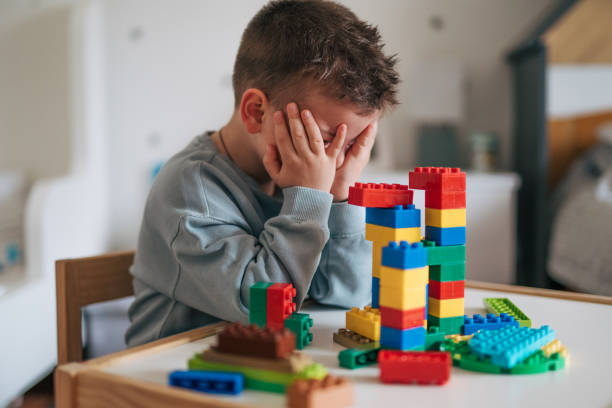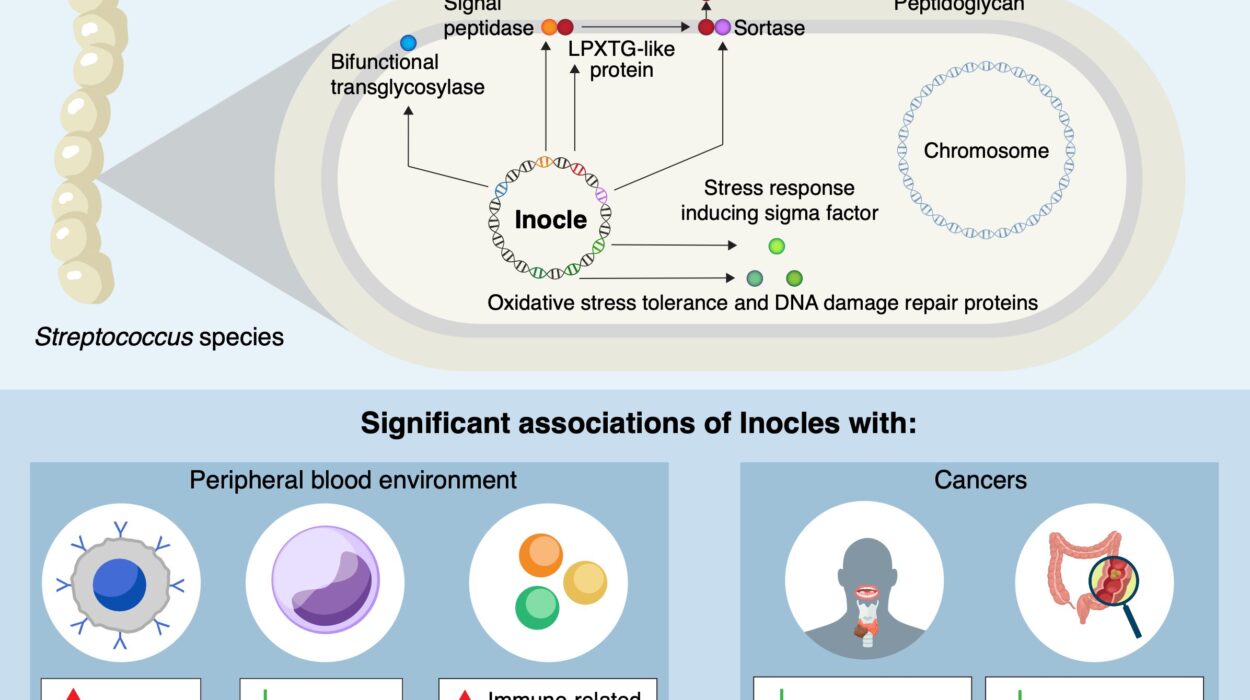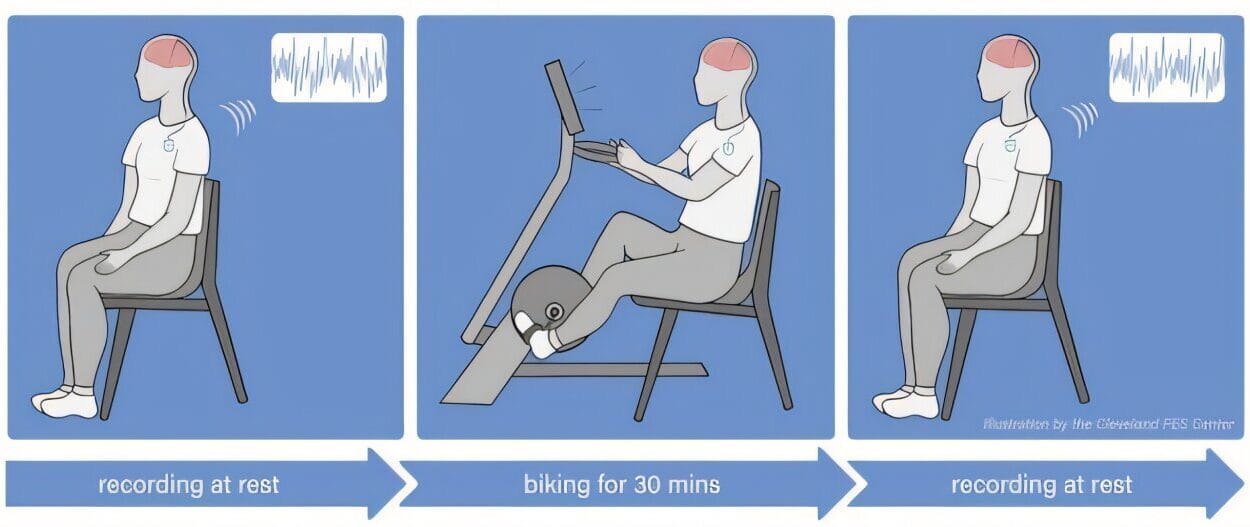Autism Spectrum Disorder (ASD) is not simply a medical condition—it is a profoundly human experience. It represents a different way of perceiving, processing, and engaging with the world. For some, autism is a source of remarkable creativity, deep focus, and unique perspectives. For others, it brings challenges in communication, sensory processing, and daily living. To understand autism is not only to understand science, but also to listen to the voices of those who live with it and the families who walk beside them.
In the past, autism was often misunderstood and misrepresented. Once narrowly defined, it was seen through stereotypes and misconceptions. Today, science and society are gradually uncovering the complex, multidimensional nature of autism—revealing both its biological roots and its human richness.
Autism Spectrum Disorder is exactly what its name suggests: a spectrum. No two autistic individuals are alike. Some may speak fluently, while others may not use spoken language at all. Some may excel in mathematics, music, or visual arts, while others may require lifelong support in daily activities. The diversity within autism is vast, but at its core, it is about differences in communication, behavior, and sensory experience that begin in early childhood and shape life in distinctive ways.
The Historical Perspective on Autism
The story of autism is as much about science as it is about evolving social awareness. The term “autism” was first introduced in the early 20th century by Swiss psychiatrist Eugen Bleuler to describe social withdrawal in schizophrenia. However, autism as we understand it today began to take shape in the 1940s. Leo Kanner, an Austrian-American psychiatrist, described children with “early infantile autism” who displayed difficulties in social interaction, preference for sameness, and unusual language patterns. Almost simultaneously, Hans Asperger in Austria described children with similar traits but often with strong verbal and intellectual abilities—later termed Asperger’s Syndrome.
For decades, autism was narrowly defined and often misdiagnosed. Families were wrongly blamed for their children’s behavior, and autistic individuals were frequently marginalized. The late 20th century saw a dramatic shift: autism began to be recognized as a neurological and developmental condition, not a result of poor parenting. With expanded diagnostic criteria and greater awareness, more children and adults began receiving diagnoses, revealing just how widespread and diverse autism truly is.
Today, the concept of the “spectrum” acknowledges this diversity. Asperger’s Syndrome and other subcategories have been unified under the umbrella of Autism Spectrum Disorder in the Diagnostic and Statistical Manual of Mental Disorders, Fifth Edition (DSM-5). This broader understanding emphasizes that autism is not a single condition but a range of experiences.
What Causes Autism?
The causes of autism remain one of the most intensely studied areas of neuroscience and psychology. While there is no single cause, research shows that autism arises from a complex interplay of genetic, biological, and environmental factors.
The Role of Genetics
Genetics plays a significant role in autism. Studies of twins have shown that identical twins are far more likely to both be diagnosed with autism compared to fraternal twins. Dozens of genes have been linked to autism risk, many of which influence brain development, neural connectivity, and synaptic function.
However, autism is not caused by a single “autism gene.” Instead, it appears to involve many genetic variations that, when combined, increase the likelihood of autism. Some rare genetic mutations, such as those affecting the SHANK3, CHD8, or SCN2A genes, are strongly associated with autism. Others subtly shift risk in combination with environmental factors.
Brain Development and Neurobiology
Brain imaging studies reveal differences in how autistic brains are wired. Some autistic individuals have increased connectivity in certain brain regions, while others show reduced connectivity. These variations may explain why some people excel in pattern recognition or memory while struggling with social cues.
Abnormalities in early brain growth have also been observed. Many autistic children have larger-than-average brain sizes in early childhood, followed by slower growth later on. Differences in neurotransmitter systems, such as serotonin, GABA, and dopamine, may also play roles in sensory processing and social behavior.
Environmental Influences
While genetics are central, environment also contributes. Factors before and during birth can influence autism risk. These include advanced parental age, complications during pregnancy, low birth weight, or prenatal exposure to certain toxins, medications, or infections. Importantly, these are risk factors—not direct causes.
One myth that has been thoroughly debunked is the false claim linking vaccines to autism. Large-scale studies involving millions of children have consistently shown no connection between vaccines and autism. This misinformation, first introduced in the late 1990s, caused significant harm by lowering vaccination rates and fueling stigma. Science is clear: vaccines do not cause autism.
The Interaction of Genes and Environment
Most researchers now agree that autism emerges from a dynamic interaction between genetic predisposition and environmental influences. A child may inherit a genetic vulnerability, and certain environmental exposures may trigger or amplify its expression. This interplay explains why autism presents so differently across individuals.
Recognizing the Symptoms of Autism
Autism is typically diagnosed in early childhood, though signs may be visible in infancy. The hallmark features of autism involve differences in social communication and patterns of restricted or repetitive behavior. However, these traits vary widely in severity and form.
Social Communication Differences
One of the defining features of autism is difficulty with social communication. This may include challenges in:
- Understanding and using nonverbal cues such as eye contact, facial expressions, and gestures.
- Developing back-and-forth conversations or sustaining reciprocal social interactions.
- Forming peer relationships or showing interest in shared play.
- Understanding perspectives, emotions, or unwritten social rules.
For example, an autistic child may avoid eye contact, prefer solitary play, or seem unaware of others’ feelings. An autistic adult may have trouble navigating workplace dynamics or small talk, despite being highly skilled in other areas.
Repetitive Behaviors and Restricted Interests
Autistic individuals often engage in repetitive behaviors or develop intense interests. These may include:
- Hand-flapping, rocking, or spinning objects.
- Insistence on routines or distress at changes.
- Deep focus on specific topics, such as trains, astronomy, or video games.
- Unusual use of language, such as echolalia (repeating words or phrases).
While some of these behaviors may seem unusual to outsiders, they often serve important roles for autistic people—providing comfort, predictability, or deep satisfaction.
Sensory Processing Differences
Many autistic people experience differences in sensory processing. They may be hypersensitive or hyposensitive to sounds, lights, textures, or smells. A buzzing fluorescent light that others barely notice may be overwhelming. A gentle touch may feel uncomfortable or even painful. Conversely, some may seek strong sensory input, such as spinning, jumping, or touching certain textures.
These sensory experiences are not minor quirks—they profoundly shape daily life. Understanding sensory needs is crucial for creating supportive environments.
Developmental Timeline
Signs of autism usually appear before age three. Some children show clear differences in infancy, such as limited eye contact or lack of response to their name. Others may appear to develop typically, then regress—losing words or social skills they once had.
In adults, autism may present differently, often masked by coping strategies developed over years. Late diagnosis is becoming more common, especially among women, who may exhibit subtler social differences.
Diagnosis of Autism
Diagnosing autism is a careful, multidisciplinary process. There is no blood test or brain scan that can definitively confirm autism. Instead, diagnosis relies on behavioral assessments, developmental history, and clinical observation.
Early Screening
Pediatricians often use developmental screenings at 18 and 24 months to look for signs of autism. Tools such as the Modified Checklist for Autism in Toddlers (M-CHAT) help identify children who may need further evaluation.
Comprehensive Evaluation
A full diagnostic assessment typically involves:
- Detailed interviews with parents or caregivers about the child’s development.
- Direct observation of the child’s communication, play, and behavior.
- Standardized tests, such as the Autism Diagnostic Observation Schedule (ADOS) or Autism Diagnostic Interview-Revised (ADI-R).
- Input from multiple professionals, including psychologists, speech therapists, and neurologists.
Differential Diagnosis
Because autism shares features with other conditions—such as language disorders, intellectual disability, or attention-deficit/hyperactivity disorder (ADHD)—clinicians must carefully rule out or identify co-occurring conditions. Many autistic individuals have additional diagnoses, such as epilepsy, anxiety, or gastrointestinal disorders, which affect care and support.
Diagnosis in Adults
Adults seeking diagnosis often face unique challenges. Many have developed coping mechanisms that mask autistic traits, especially in social settings. Women and girls, in particular, are often underdiagnosed or misdiagnosed. For adults, self-reported history and experiences play a critical role in diagnosis.
Treatment and Support for Autism
There is no “cure” for autism, nor should there be. Autism is a lifelong neurodevelopmental difference, not a disease to be eradicated. The goal of treatment is not to make autistic people “normal” but to support their strengths, address challenges, and improve quality of life.
Early Intervention
Research consistently shows that early intervention has profound benefits. Programs that begin in preschool years can improve communication, social skills, and adaptive behaviors. Applied Behavior Analysis (ABA), though sometimes debated, remains one of the most studied methods. Other interventions, such as developmental and relationship-based approaches, emphasize building communication through play and shared attention.
Speech and Language Therapy
Speech therapy helps autistic individuals develop communication skills, from basic language to advanced conversation. For nonverbal individuals, augmentative and alternative communication (AAC) devices, such as picture boards or speech-generating apps, provide powerful tools for self-expression.
Occupational Therapy
Occupational therapy addresses daily living skills, fine motor abilities, and sensory integration. Therapists help children manage sensory sensitivities, develop independence in tasks like dressing and eating, and adapt environments for comfort and success.
Social Skills Training
Many autistic children and adults benefit from structured programs that teach social cues, emotional regulation, and conflict resolution. These programs use role-playing, modeling, and real-world practice to foster connections.
Medical and Mental Health Support
Some autistic individuals have co-occurring conditions that require medical attention. For example, epilepsy may require anticonvulsant medication, while anxiety or depression may be treated with therapy or medication. Sleep disturbances, gastrointestinal issues, and attention difficulties also frequently require management.
Educational Support
In schools, individualized education programs (IEPs) provide tailored goals and accommodations. These may include speech therapy, classroom aides, or adapted teaching methods. Inclusion in mainstream classrooms, when supported properly, fosters both academic learning and social growth.
Adult Services
For adults, support focuses on employment, independent living, and community integration. Vocational training, job coaching, and supported housing programs empower autistic adults to lead fulfilling lives. However, availability of services often lags behind need, leaving many adults underserved.
Living with Autism: Voices from the Spectrum
Autism is not only a medical or psychological concept; it is a lived reality. Listening to autistic voices is essential for understanding. Many autistic individuals reject the idea of being “broken” or in need of fixing. Instead, they advocate for acceptance, accommodations, and recognition of neurodiversity—the understanding that differences in brain wiring are a natural part of human diversity.
Autistic people bring unique perspectives, talents, and innovations. From artists and musicians to engineers and scientists, many have contributed profoundly to society. At the same time, challenges are real—navigating sensory overload, unemployment, or social exclusion can be painful. True support requires balancing respect for identity with assistance for struggles.
The Neurodiversity Movement
In recent decades, the neurodiversity movement has transformed how autism is viewed. Rather than pathologizing autism as a disorder to be eradicated, neurodiversity emphasizes acceptance and inclusion. Just as biodiversity strengthens ecosystems, neurodiversity enriches humanity.
This perspective does not deny difficulties. Instead, it seeks to shift the focus from “fixing” autistic individuals to removing societal barriers, building accessibility, and honoring diverse ways of thinking. Schools, workplaces, and communities that embrace neurodiversity become stronger, more creative, and more compassionate.
The Future of Autism Research and Care
The future of autism research lies in deepening our understanding of its biological foundations while advancing compassionate support. Genetic research may help explain risk factors, while brain imaging may reveal new insights into neural connectivity. Personalized interventions—tailored to each individual’s strengths, challenges, and biology—may replace one-size-fits-all models.
At the same time, the future must prioritize quality of life, not just symptom reduction. Autistic voices must guide research agendas, ensuring that studies address real needs—such as adult employment, mental health, and community inclusion.
Technology also holds promise. Apps and devices for communication, virtual reality training for social skills, and telehealth for therapy expand access to support. Yet, the human dimension remains irreplaceable: understanding, empathy, and acceptance.
Conclusion: Autism as Part of the Human Story
Autism Spectrum Disorder is not a puzzle to be solved—it is a profound part of the human story. It challenges us to rethink assumptions about intelligence, communication, and what it means to thrive. It asks us to widen our definition of normal, to celebrate diversity, and to build societies where everyone belongs.
Science continues to illuminate autism’s causes, symptoms, and treatments. But science alone is not enough. To truly understand autism, we must listen to autistic voices, honor their experiences, and recognize the beauty of different minds. Autism is not merely a condition—it is a way of being, and it deserves respect, support, and celebration.






